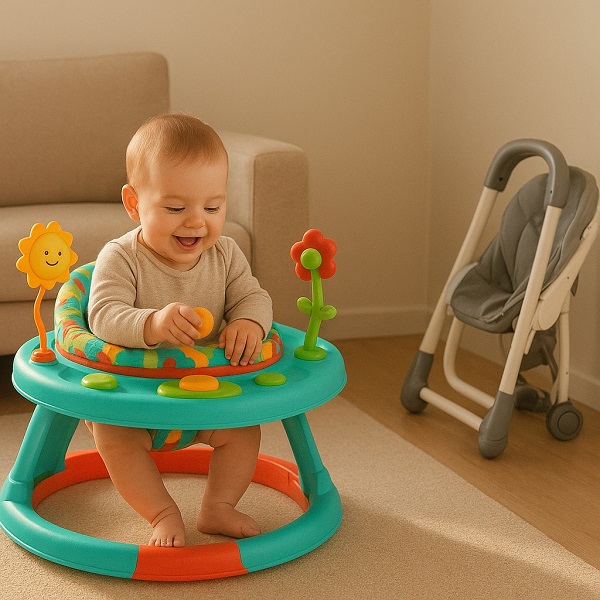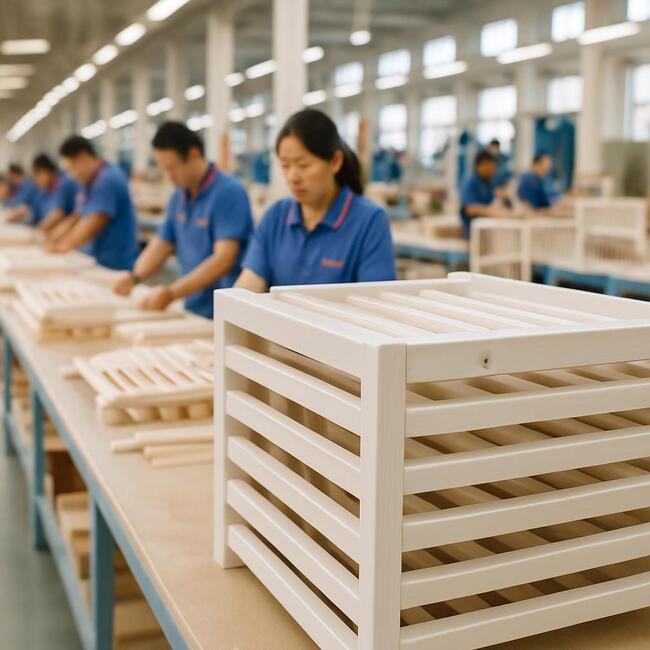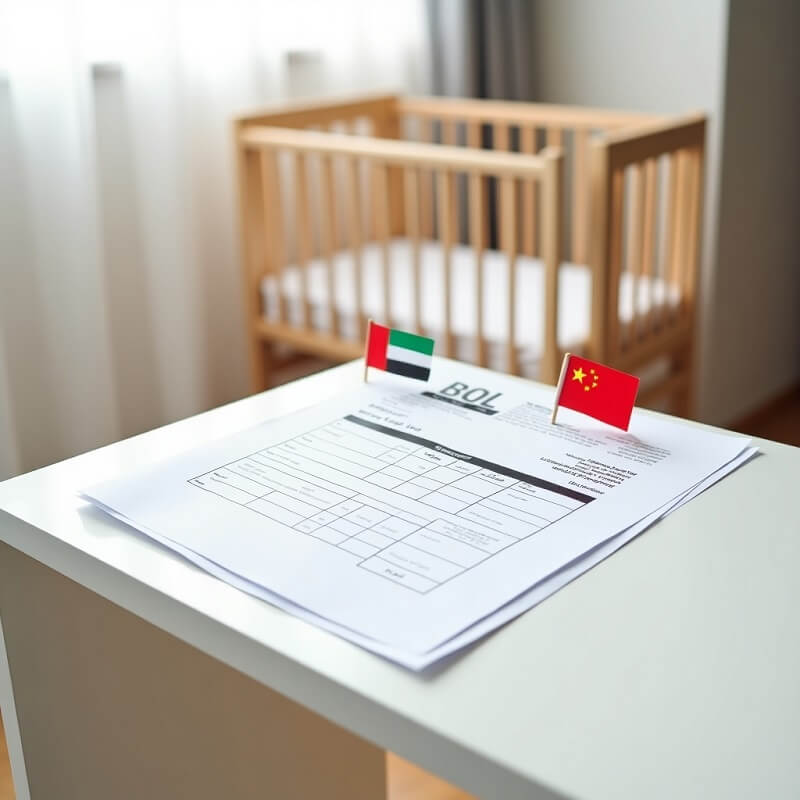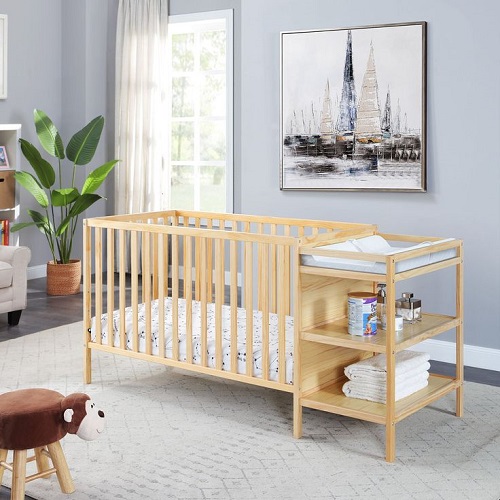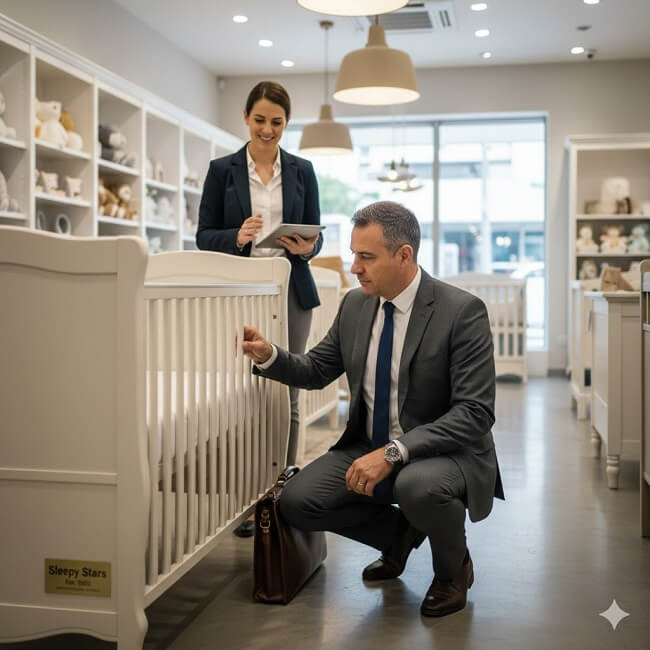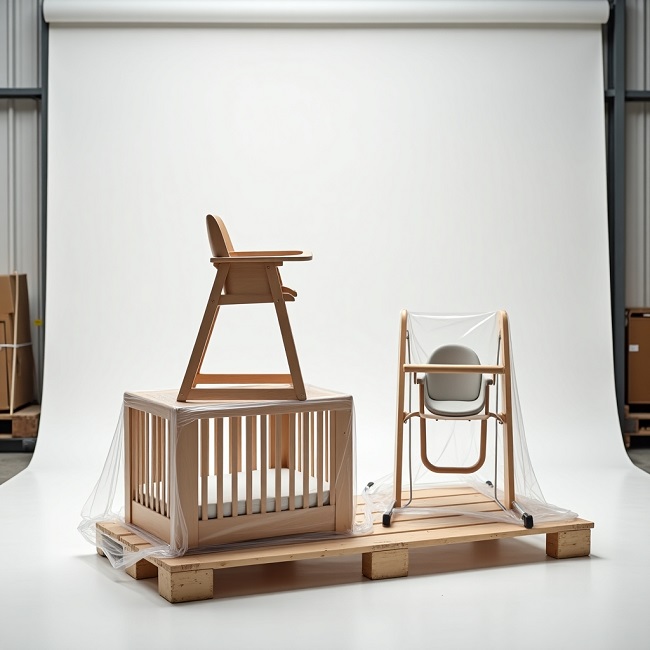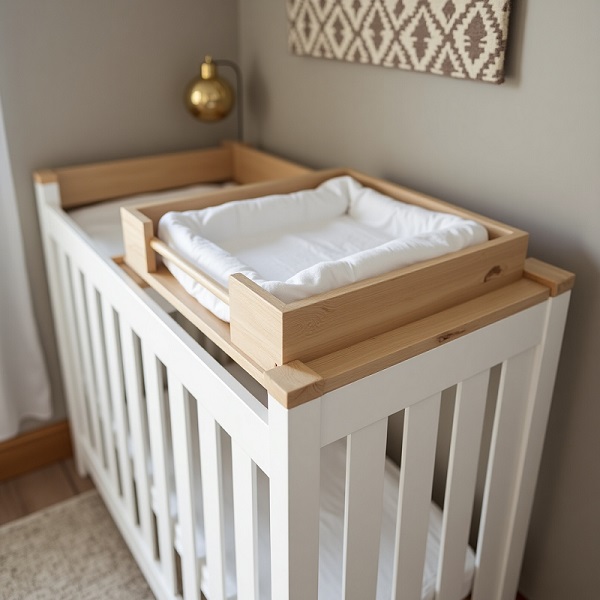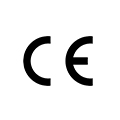When your baby starts to sit up and look around with curiosity, one big, real-life question pops up: How am I supposed to get that mountain of chores done?
That’s when you see the two “saviors”: the baby walker and the activity center. Both seem perfect for keeping your little one happy and busy, buying you a much-needed few minutes of peace. But the difference between them is bigger than just “can it move?”
This is more than just buying a product; it’s a parenting philosophy balance concerning safety, development, and practicality. Let’s explore the truth about these two “helpers” together, offering you expert and balanced guidance to find the perfect “family tool” for you.
Does It Help My Baby Learn to Walk? (Development)
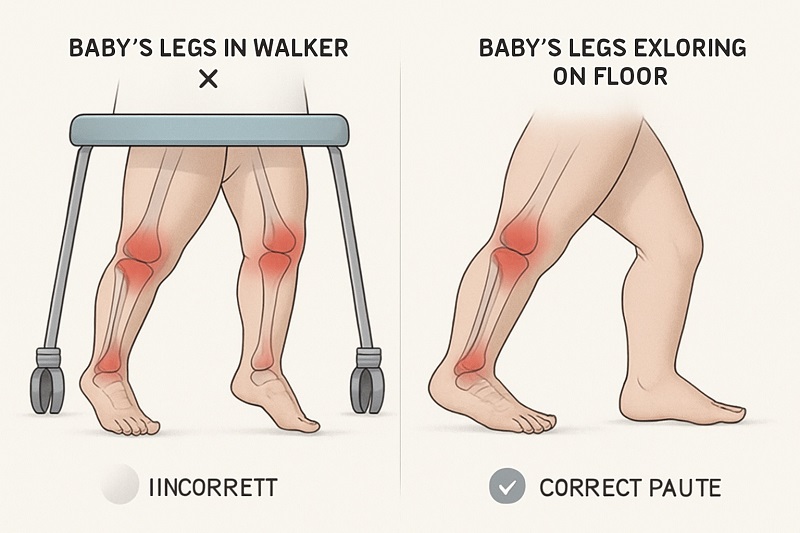
This is the question parents ask most often—and it’s the most complex one. From a developmental viewpoint, we aren’t asking if the baby “can move,” but “how they move.” These two products affect the development of your baby’s gross motor skills and fine motor skills in totally different ways.
The Walker is often misunderstood as a “walking accelerator,” while the Activity Center is seen as a “training station.” Let’s take an objective look at the role each one plays.
Baby Walkers: The Joy of Temporary Mobility
When babies are placed in a Walker, they get their first taste of the huge joy of independent movement. For a baby who hasn’t learned to crawl or walk yet, this gives them a brand-new sense of freedom and a way to explore their environment. This definitely boosts their curiosity and spatial awareness.
But we must redefine the Walker’s role: It is a mobility aid, not a walking trainer. Why is this?
True walking requires your baby’s muscle groups to master a complex series of movements: heel-to-toe contact, shifting weight from one foot to the other, and establishing core balance. The Walker’s design might encourage babies to use their toes to push off (toe walking) or to over-rely on the frame for body support. This stops them from practicing how to plant their heels first. In the long run, this won’t truly teach them the proper gait.
So, if you use a Walker, see it as a brief entertainment tool that brings joy, not a shortcut to walking. Pediatric experts have stated that babies need more unassisted free time to learn to stand and walk.
Activity Centers: Mastering Hand-Eye Coordination
Activity Centers have a totally different goal. They keep the baby safe in one standing spot, shifting all the focus to upper-body and cognitive development.
By twisting, pressing, batting, and grabbing the various toys, babies get an excellent chance to practice their fine motor skills and hand-eye coordination. These skills are the foundation for later learning to write, draw, and self-feed.
They also help babies learn about cause and effect by giving them different sounds and lights. When a baby pushes a button and hears a sound, they learn how their actions affect the world around them. This kind of focused attention training is crucial for boosting a baby’s thinking skills.
Activity Centers also have an indirect motor benefit: they help babies bear weight and develop leg strength for future standing and walking. But just like Walkers, they cannot replace the most crucial element: Floor Time. Babies need to freely crawl to better develop their core strength and cross-body movement patterns.
Which is Safer and How to Use It Correctly? (Safety)
This is the number one question when it comes to baby gear. Our goal isn’t to scare you, but to provide expert guidance on how to ensure the highest level of safety.
Walkers: Setting Clear Boundaries
Because the Walker has wheels, it definitely brings some inherent risks, such as the baby moving faster to reach dangerous items (like cords or hot drinks) or falling down stairs.
Therefore, you must follow clear boundaries when using a Walker:
- Strict adult supervision is a must. Never leave your baby alone in the Walker.
- Keep it away from danger zones. Make sure the area is flat and clear of obstacles, and far from hazards like stairs, stoves, or heaters.
- Limit the use time. Limiting the time used helps ensure the baby’s muscle groups do not over-rely on the frame.
If you follow these rules, the Walker can be an efficient, bounded temporary care aid. Learning how to make your home environment safe is the first step to using this type of product.
Activity Centers: A Stationary Safe Zone
The biggest advantage of the Activity Center is its stationery design. They keep the baby safe in one spot, which greatly lowers the risk of the baby moving into a dangerous area by themselves. This is why pediatricians generally favor them.
The main risk is overuse. If a baby stands in the Activity Center for too long, it can put stress on their hip development and natural movement patterns. Even in the safest zone, make sure your baby gets enough floor time for free exploration and crawling.
Space, Budget, and Cleaning
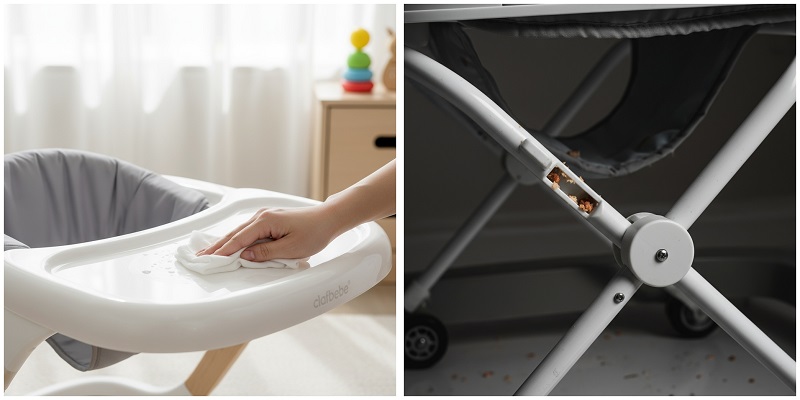
Let’s be real—parenting life is busy enough. Aside from how the baby feels, as parents, we have to think about real-world operation: How much space will these take up in my house? How long will they last? And most important: Are they easy to clean?
Assembly and Maintenance
This is the pain all parents feel: spending an hour trying to assemble a complicated baby item with blurry instructions.
Walkers are usually smaller, and some can even fold flat, which is great for portability. But their frames often have many hard-to-reach spots, making cleaning a nightmare. Activity Centers, while more stable, can also be time-consuming to clean because of the complex toy and tray structures.
This is where Clafbebe steps in, focusing on solving the parents’ efficiency pain point. As a professional baby furniture maker, Clafbebe’s design idea is “expert empowerment”: using the hand of a master to bring parents products that are as simple as a parent’s heart. This means products must feature modular design, be easy to assemble, and use easy-to-clean materials (like removable seat pads and smooth tray surfaces) to cut down daily maintenance stress.
Value vs. Budget (Life Cycle)
When we invest in any baby product, we are balancing value against the budget.
Baby walkers are usually used between 8 and 12 months, meaning a shorter life span. But because they are small, many Walkers have a lower initial price.
Activity Centers generally have a longer useful life, often lasting from when a baby can sit stably (around 4–6 months) until they learn to stand (around 18 months or more). Some premium models can even change into a play table, extending their life cycle further. From a long-term value perspective, they can be more cost-effective.
When you buy, consider the product’s adjustability. If a product can change its height or function, it offers higher value.
Quick Comparison Table
| Feature | Baby Walker | Activity Center |
| Primary Goal | Aiding mobility and exploration | Boosting fine motor skills and focus |
| Walking Aid? | No; May encourage toe walking | Yes; Helps with weight-bearing strength |
| Safety (when used correctly) | Lower; Risk of falls; Needs strict supervision | Higher; Fixed within a safe zone |
| Space Taken Up | Smaller; Some are foldable | Larger; Stationary design |
| Product Life Cycle | Shorter (about 4 months) | Longer (about 12+ months) |
| Cleaning Difficulty | Medium-High; Easy to hide dirt | Medium-Low; Removable trays are easy to clean |
When and Why to Use Each (The Timing)
Now that we know the differences in development and practicality, the last question is: When should I use each one? The answer is to see them as “special-purpose tools” in your parenting toolbox, not as all-day solutions. The key is the right time and brief use.
Use the Activity Center When…
The Activity Center is your perfect helper in the following situations:
- You need to safely prepare a meal. This is when you must be in the kitchen with hot or sharp items and need your baby fixed in a safe spot where they cannot move. This is the safest “temporary viewing station.”
- The baby needs focused fine motor practice. Activity Centers are designed to encourage hand exploration and cognitive interaction. If your baby needs some extra “brain exercise” today, it can help.
- The baby is starting to sit, but is not totally stable standing. The Activity Center lets them bear weight with support, giving a gentle workout to their leg muscles while staying upright.
Use the Walker When…
Because the Walker involves movement, safety supervision is a must. It can bring brief fun in these situations:
- The baby needs a quick change of scenery. Sometimes a baby is just tired of the same spot. For a short time, in a totally flat area without obstacles, and with an adult present the whole time, a Walker can offer freshness and the fun of movement.
- Brief fun under strict supervision. Treat it as a quick 10 to 15-minute activity. With you watching, it lets the baby explore a small part of the room and get the satisfaction of independent movement.
- Fun to aid “pre-crawling” transition. While it should not be used for walking practice, for some babies, it offers a fun way to try out different movement patterns before or during crawling.
Conclusion
When you make your final choice, remember one key idea: Neither the Walker nor the Activity Center is just a professional tool to buy you time in your parenting life. They are not a replacement for your parent interaction or the baby’s floor time.
Floor time—whether it’s crawling, rolling, or free exploring—is the best training ground for your baby to build core strength and balance.
So, limit the use time to less than 20 minutes and save more time for free exploration on the floor. The true “accelerators” are always the parents’ love, parent interaction on the floor, and the baby’s courage to freely explore.
Recommended Related Articles:
- What to Look for in a Baby Walker?
- Alternatives to Baby Walkers: 6 Choices Parents Love
- 10 Top-Rated Baby Walker Exporters
- Baby Walker Manufacturers in China
- Do Walkers Help Babies Walk?
- 5 Best Baby Push Walkers
- How to Use a Baby Walker Safely?
- Baby Walker Types: A Complete Guide for Parents and Retailers

